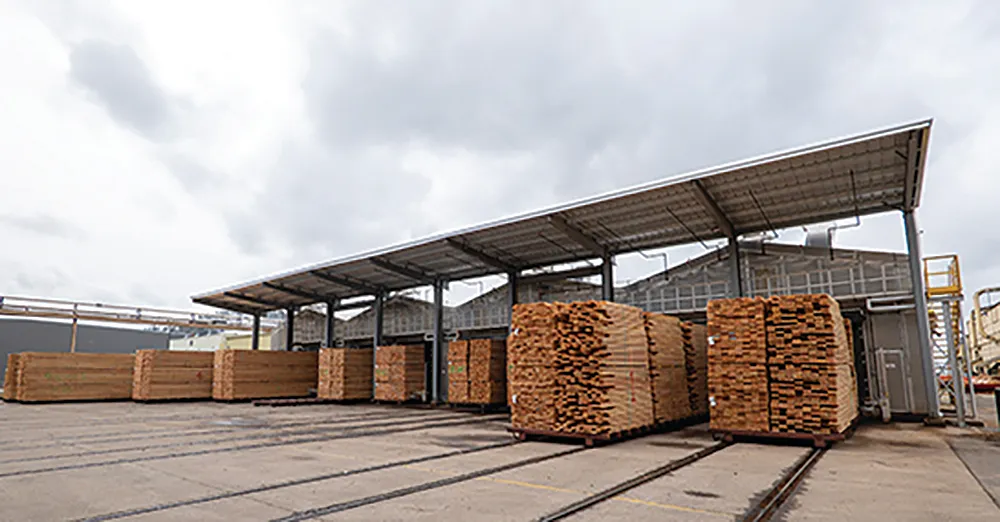Table of Contents
Whether it’s a discussion about procurement strategy, seasonality of products, or simply educating sales staff on the products they are selling, we have a lot of discussions with our retail partners about our products.
While there are many things store owners can do to increase sales and profits, it seems there are few that can affect sales year-round as dramatically as ensuring that items are properly displayed and merchandised.
Here are a few things worth considering if you’re ready to make a few changes in your store.
Think seasonally. It’s unlikely that a customer will stop in to buy a bag of salt in the middle of summer or outdoor power equipment in the winter. Just as the seasons change, so do the needs of your customers. Thinking seasonally about the way you merchandise and stock products can go a long way in increasing sales.
In addition to rotating displays to keep things fresh, consider using small dump bins or endcap displays to showcase in-season products. You can also try highlighting the new—or higher retail—product but keep lower-priced options nearby. If you’re skeptical, run a small test before making big changes. Testing new methods for merchandising is the only way to figure out what will work for your particular store.
If you don’t have room for bins inside the store, you might try displaying pallets of bulky products on the sidewalk so that they are not overlooked. In the summer, you could display patio furniture and grills outside of the store. And, in the winter, you might stack pallets of tube sand or bags of salt near the entrance to the store.
Turn store shelves into showrooms. Whether you are a large lumber and building materials dealer or a small to mid-sized remodeling and hardware store, there are always ways to turn your store shelves into mini-showrooms. Try grouping products that are frequently used together to complete common projects. This can be done with endcaps, point-of-purchase displays in the front of the store or even outside on the sidewalk.
For example, you can create a mini showroom on the sidewalk using patio furniture, rugs, and grills. Product interaction breeds interest, and if you can capture a customer’s attention outside and draw them indoors, you don’t need to worry about showcasing seasonal items at the very front of the store. Just be sure to include pricing and aisle information on the sidewalk display for easy navigation in store.
When it comes to in-store displays, simple steps can go a long way. Use J-hooks to display hardware or small accessories, and place tear pads with mail-in rebate information within reach of products. Use aisle violators to grab the customer’s attention and showcase new or on-sale items. Adding a pop of color to display shelves can also help to break up dullness and capture attention.
It’s also important to talk with suppliers about the types of marketing collateral they provide. Continued conversations about the available point-of-purchase displays, in-store signage, and even project ideas will help you sell additional product while strengthening your partnership with suppliers.
Make navigating departments a breeze with in-store signage.
When customers visit your store, they’re most often making purchase decisions based on an impending need. They likely have a project in mind—or perhaps are already in the middle of one—and need to find the right tools for the job. That’s why in-store signage is as important as the name on the outside of your building.
While standard aisle markers are important, they can quickly become table stakes when you’re competing with another store just down the street. Don’t be afraid to try creative tactics like floor graphics that provide an easy-to-read map of the entire store or oversized ceiling danglers to showcase departments around the store.
Customers should be able to navigate the store in a matter of minutes, finding what they came there to buy and perhaps a few impulse items along the way.
Don’t forget about impulse items.
Chewing gum and lip balm can be high-margin items with a low cost-to-entry for store patrons. But, don’t be afraid to think outside of the box when it comes to impulse items. Easy-to-use products like concrete crack filler, adhesives or even small seasonal décor items can make an impact when placed near the register.
You might also find a gift card vendor who can help you incorporate a kiosk of gift cards near the register. In addition to cards for restaurants and online retailers, you can incorporate a gift card to your own store, aiding repeat visits.
Customer service is always key.
No matter how well you show off products with signage, specific placement in store and fancy graphics, customer service is key. From the casual DIYer to the experienced craftsman, every customer is bound to have a question or need a helping hand at some point, and when this happens, a knowledgeable sales staff will be paramount to your success.
Make sure that junior sales associates are given a proper onboarding experience. Go beyond showing them where products are in the store, and train them on the common uses of those products. For products like concrete, adhesives, and lumber that have multiple product types with specific uses for each, you may even ask the manufacturer if they offer product training.It’s also important to make sure that sales associates are not kept behind the counter. Have floating sales reps roam the aisles to engage customers. Consider hiring former industry professionals who can add on-the-job experience and insights to consumers.









